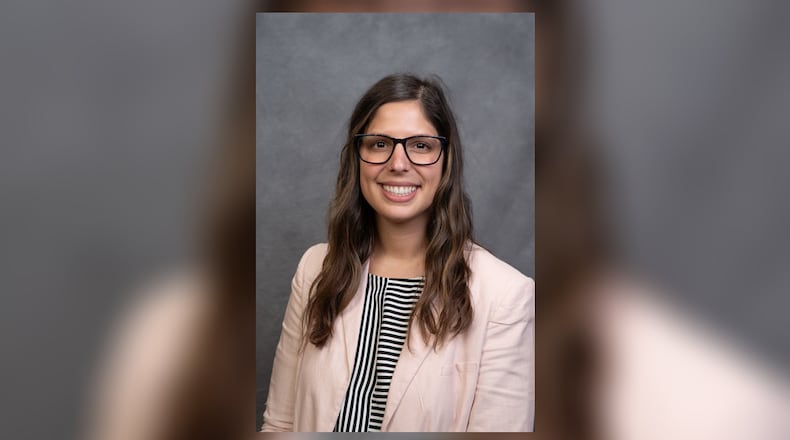But where will this energy come from? Ohio holds steady at just three percent of its electricity being supplied with renewable energy, like solar and wind. Compare that to nationally, where America’s electricity comes from renewable sources by more than six times that amount at nearly 20 percent. Are we behind? Without question, and instead of creating incentives for renewable energy development that are in place in other states, such as tax credits, Ohio’s General Assembly has designed an uneven playing field where fossil fuel facilities are exempt from local prohibitions, and renewable energy developments must take extra steps.
In spite of this, market drivers for expanding renewable energy like corporate commitments to a lower carbon future are accelerating. With the right tools and policies, Ohio could become a leader in renewable development, particularly with solar, and being strategic about where this renewable energy buildout occurs is essential. The ‘smart siting’ of renewable energy projects must reflect social and environmental concerns.
To help, TNC just completed the first free, science-based mapping tool, called Site Renewables Right, which helps companies and communities identify the most promising places to develop renewable energy while avoiding impacts to important wildlife habitats. And, in partnership with The National Audubon Society and LevelTen Energy, TNC also created a framework for energy buyers and developers that integrates conservation, community and climate considerations, or the 3C’s.
These 3C-minded projects should support conservation efforts by being sited away from environmentally-sensitive areas (utilizing tools like Site Renewables Right); benefit and have buy-in from the local community; and prioritize climate impacts by using previously degraded areas, like formerly mined lands and brownfields. With nearly 300,000 acres of formerly mined lands and 2,000 acres of vacant and cleaned-up brownfields, the opportunity for smart renewable energy buildout is undeniable.
Attracting businesses to Ohio depends on many factors, including a healthy environment, access to clean air and carbon-free energy. Keeping them here, alongside thriving natural areas we need and love, will require bringing renewable energy into the conversation and away from the sidelines. One such example is evident in legislation like House Bill 450, which would allow communities to come together to develop their own community solar projects.
But the fate of these bills too often falls victim to misinformation. Speak up for nature-focused and socially-responsible policies. They can lead to a better quality of life for everyone.
A future for Ohio that is thriving economically, socially, and environmentally demands it.
Rebecca Mellino is a Climate and Clean Energy Policy Associate for The Nature Conservancy in Ohio.
About the Author
